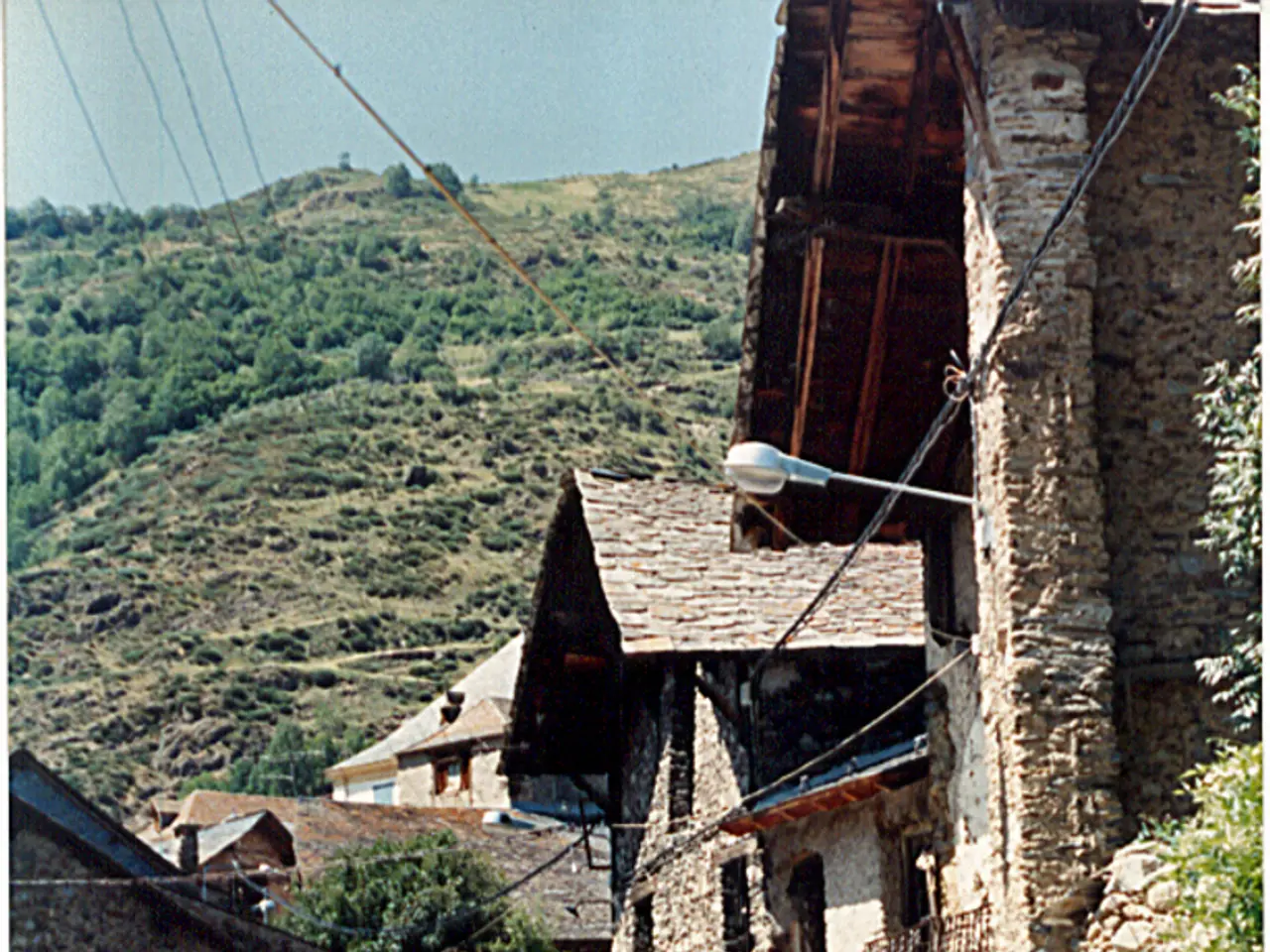Intra-abdominal extralobar pulmonary sequestration treated using highly targeted arterial blockage via catheter
Neonate with Rare Intra-abdominal Pulmonary Sequestration Successfully Treated
A 30-day-old newborn with an extremely rare case of intra-abdominal extralobar pulmonary sequestration (ELPS) and left diaphragmatic agenesis has been discharged from the hospital after a successful treatment.
The neonate, who had a history of recurrent left-sided pleural effusion requiring thoracentesis, was found to have ELPS through a CT scan with venous contrast. The diagnostic arteriogram revealed a hypervascular image of the PS without signs of a systemic venous shunt.
Common symptoms of intra-abdominal extralobar pulmonary sequestration in neonates typically include respiratory distress due to mass effect or associated complications such as infection or hemorrhage. However, this neonate was asymptomatic, making the diagnosis even more challenging.
Treatment options for such cases focus mainly on surgical resection of the sequestered segment to prevent complications. In this instance, the patient underwent left thoracotomy with excision of the accessory lung and reconstruction of the diaphragm using bovine pericardium. The artery feeding the PS was embolized to reduce bleeding, and the embolization procedure involved the use of 0.018" Interlock coils (Boston Scientific).
The access for the embolization procedure was gained through the right common femoral artery, and catheterization was done with a 4 F vertebral catheter and a superselective microcatheter.
At 8 months of follow-up, the patient remained asymptomatic and showed appropriate development for his age. This successful outcome highlights the importance of early diagnosis and treatment to avoid complications in such cases.
Pulmonary sequestration is a congenital anomaly of lung parenchyma, mainly located in the thorax. Intra-abdominal pulmonary sequestration is a rare subtype, typically diagnosed within the first few months of life. This case report adds to the growing body of literature on the management of such rare cases in neonates.
While detailed large-scale clinical guidelines specific to neonates were not found, the consensus from recent case series and reviews suggests that early diagnosis and treatment are crucial to avoid complications. The use of minimally invasive treatments like superselective transcatheter arterial embolization, as demonstrated in this case, could provide an alternative to surgical resection, especially in unstable neonates.
The successful treatment of the neonate with intra-abdominal extralobar pulmonary sequestration highlights the significance of science and medical advancements in health and wellness, particularly in the management of rare medical conditions. The use of minimally invasive treatments like superselective transcatheter arterial embolization is a promising approach in the treatment of such conditions in neonates, contributing to the ongoing research in the field of health and wellness.




